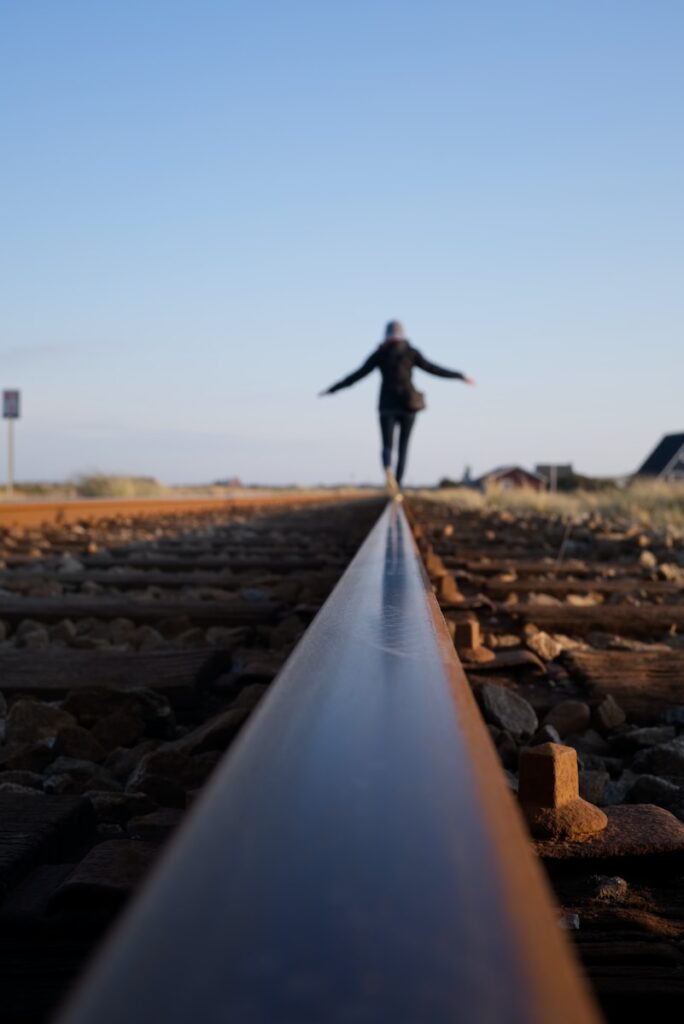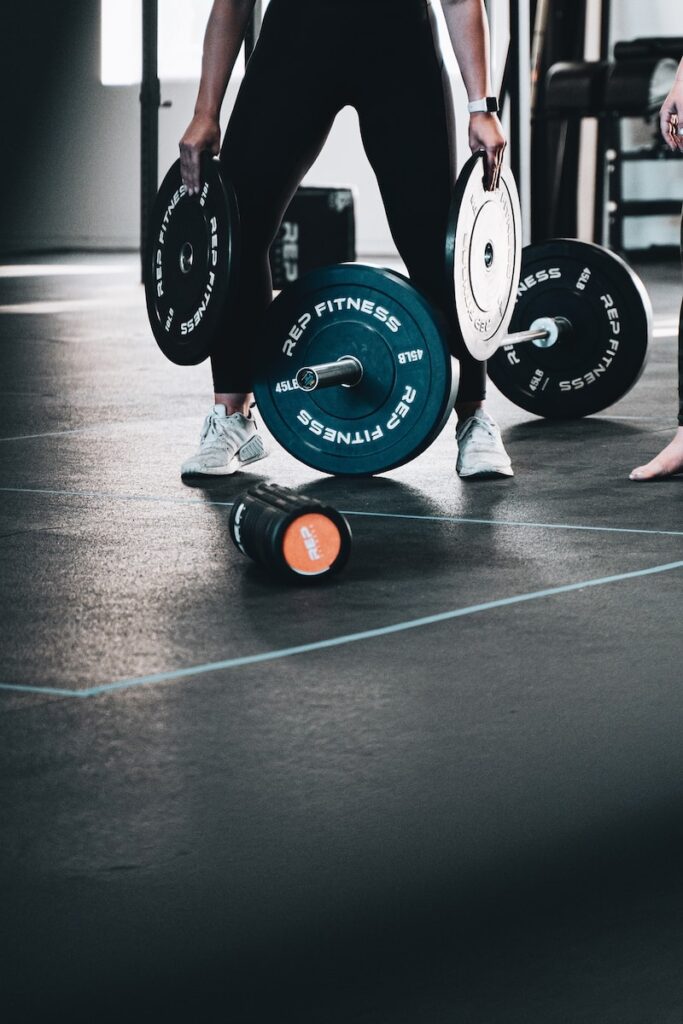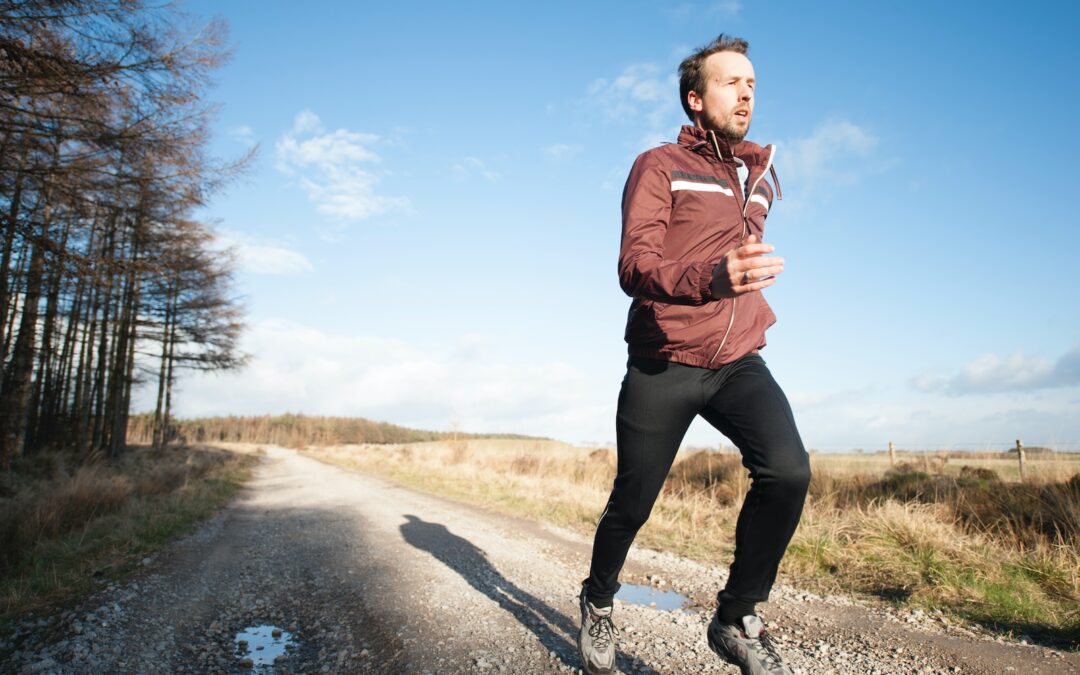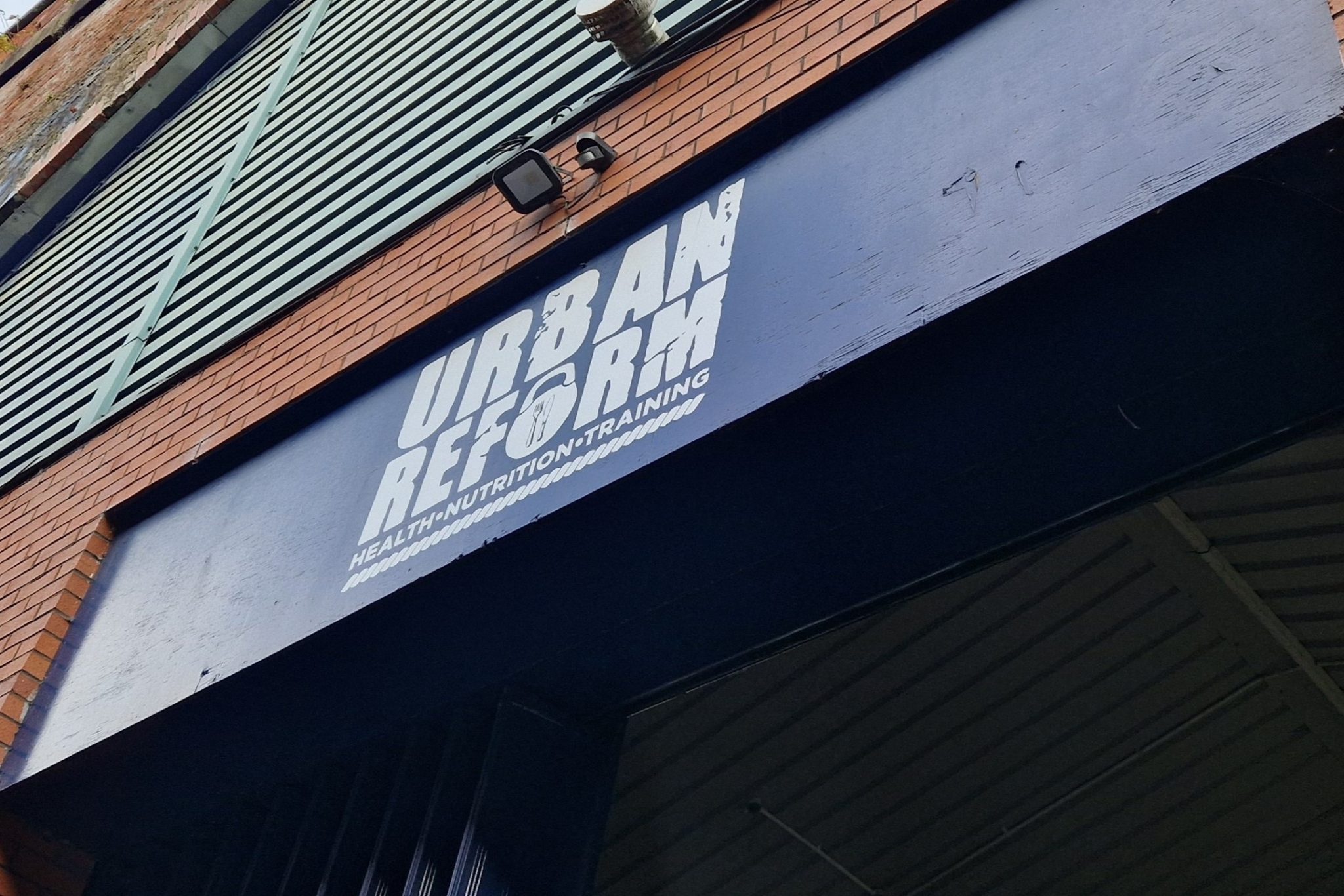are you a runner with knee pain? Here are alex's 4 top tips!
It's difficult to know what you should focus on when you're a runner with knee pain. In this article, our clinician alex offers up four insightul tips to help to keep you moving!

The runner with knee pain
As race season continues, hopefully training is going well and you’re looking ahead to continuing pushing yourself but, if you’re running with knee pain, it helps to know what you need to do so you can continue with as little interruption as possible!
Knee pain is one of the most common running injuries, and it can really impact your ability to keep training and might even interrupt your life on a day-to-day basis. The pain can present in various locations on your knee depending on the type of injury you have sustained, but identifying any potential causes can help to reduce pain and your risk of recurrences in the future.
Here are a few tips to help you identify any areas that might benefit from a little extra attention if you’re a Runner with knee pain!
1) work on your balance and control

Running is effectively done on a single leg – each time one foot hits the ground, the other is moving through the air – so we need to be able to control our movement on this single leg, through all stages of the movement.
Start by standing on one leg and see how easily you can balance; if you can do this comfortably and hold for a short period, that’s great but, if this is challenging for you, it could be a great starting point. Adding in a balance on a single leg whilst brushing your teeth each day, keeping an eye on how long you can manage without tapping your other foot down, won’t take any extra time out of your day and it’s a simple little challenge to try and beat your time!
Lack of balance and control will be exaggerated at higher speeds. As a result, it can impact the way our lower limbs move, causing unnecessary stress on the structures of the joint. When we start to add movement while on a single leg, quite often we can see where changes in biomechanics occur. To push the challenge of balance and control even further, we can do single leg hops to mimic the load and demands of running and observe how well our body can adapt to keep us on our feet!
2) don't forget the rest of the body
Not all pain happens where you feel it; sometimes we experience pain that radiates from elsewhere, but sometimes we have pain because of limitations or changes in other areas.
For example, if you’ve experienced an ankle injury in the past and still struggle with reduced range of motion, it can affect how the rest of the limb compensates or is impacted by this difference. It can also affect strength in each side of the body, and you may unconsciously work one leg harder in everyday tasks.
Start by measuring your ankle range by doing a knee to wall test; in a half kneeling position, touch your toes on one foot against the wall and push your knee forward over the middle of your foot until your knee taps the wall. If you can keep your heel down whilst doing this, slide your foot back slightly and repeat until you can’t keep your heel on the floor, then measure the distance between your toes and the wall.
Repeat on both sides. Do both of your ankles match? If not, try some ankle ROM exercises to develop your movement on the tighter side.
The same can be said for hips. When our feet make contact with the ground during a run, our hips are involved in stabilising that landing position and ensuring our knees move well under load. If we do a partial single leg squat and look at where the knee tracks during the movement, it can give a good indication of what might be contributing to the cause of the pain, and what we can do to correct it.
This test doubles as a good exercise to help develop good movement for injury prevention! Stand sideways on the edge of a step with one foot and lower yourself down until you can tap the heel of the hanging foot on the step below.
See how well you can control yourself throughout the movement, both up and down, and pay attention to where your knee goes – does it continue forward, or does it fall inwards? If it drops in, we might work on strengthening hip external rotators and abductors to limit this.
Small deviations from perfect form might not seem too important but, when you consider how many repetitions of this would occur during a run, and the extra load going through the body at higher speeds, it’s definitely worth focusing your time on improving your movement mechanics when running with knee pain!

3) monitor training loads and intensities

If you’re a Runner with knee pain, pushing yourself with increases in distance and speed, consider how many days per week you’re running and whether the intensity could be modified to allow your body to recover properly.
Signs of overtraining include interrupted sleep, persistent aches and pains, and increased injury occurrences. Whilst running daily might seem like the best way to get better at running, your body will start to show signs it needs a break and you might even notice you start to slow down and runs become tougher. Maintain your cardio fitness by trying something like cycling or rowing and give your legs a break from the normal movements.
Some knee issues can also be caused by the terrain you’re running on – bumpy ground or lots of hill climbs can impact our landing mechanics or how our muscles are loaded when we land.
If you notice an increase in pain with either of these, try to reduce the amount of time you spend running on these surfaces and then slowly reintroduce them as your body begins adapting to them.
4) Consider flexibility and strength
These factors will always be important no matter what sport we do! Ensuring you have the adequate range of motion at a joint and a good level of strength to carry out the task is essential. Understanding the role muscles play in the movement will help to direct this element of your training but remember to work on the muscles all around the body that contribute to achieving this, not just the more obvious ones!
For example, tightness in the hamstrings can affect your ability to fully extend your knee as your foot meets the ground, potentially leading to increased loading of the front of the knee; strengthening your hamstrings also develops the muscles’ ability to tolerate eccentric load throughout the stance phase to improve the biomechanics of this movement. Try single leg Romanian deadlifts to challenge your balance and develop the strength of your hamstrings!
If you’re a Runner with knee pain, it’s likely we can help you get back to running pain free but, it’s always best to get it checked out early on, to avoid interruption to your training!

We hope that you’ve found the tips in this article useful! We work with a lot of runners and we’re passionate about keeping you doing the things that you enjoy! Thanks for reading.
If you’re struggling with an injury that’s stopping you getting back into exercise, call us on 0800 731 2738 or book online here.
If you need some help designing a program that will keep you exercising, get in touch at https://www.summitphysio.co.uk. We also offer Strength and Conditioning services, including bespoke training plans and 1 on 1 coaching.
For more free tips and information, make sure to follow our Facebook and Instagram pages. We also post client stories, so you can see how we’ve helped people get back to doing the things they enjoy!



